Imagine you’re cozily tucked away at home one chilly winter evening, looking forward to warming up by the fireplace. You flick the switch to ignite the gas flame, but nothing happens. The fire fails to light up, leaving you shivering in the cold. If this frustrating flame failure issue with your boiler has happened to you before, you’re not alone. Flame failure is one of the more common problems that can occur in a gas boiler system. It can leave you high and dry on demand for heat at the most inopportune times.
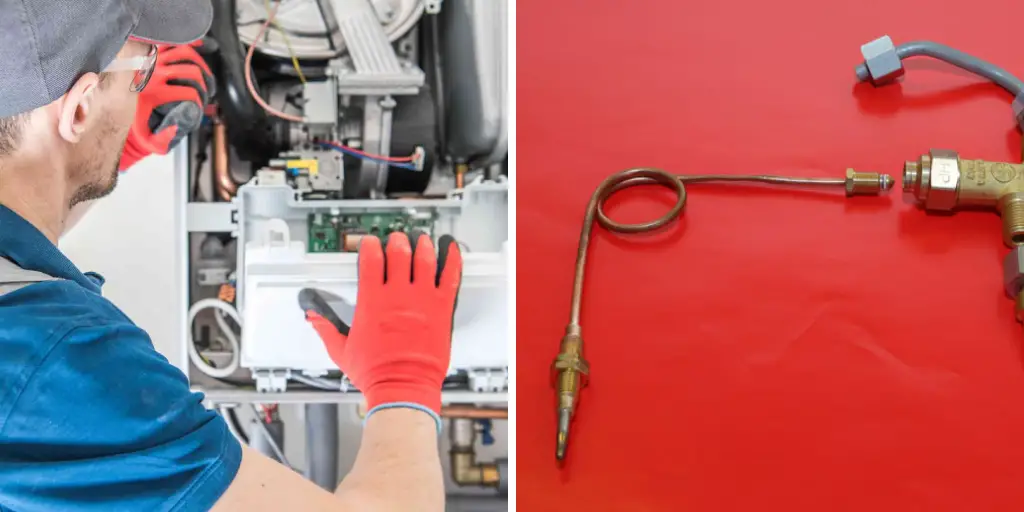
But not to worry – with some basic troubleshooting and simple maintenance checks, you can eliminate flame failures and get your boiler firing on all cylinders again in no time. In this post, we’ll go over the most common causes of flame failure and provide solutions about how to fix flame failure on boiler.
What Will You Need?
Before we dive into the details, it’s important to have the right equipment to perform any necessary fixes. For this task, you’ll need the following:
- A screwdriver
- A multimeter
- Your boiler’s instruction manual (for reference)
- A cloth or rag for cleaning
Once you have these tools ready, we can begin troubleshooting the issue.
Common Causes of Flame Failure and How to Fix Them
1. Ignition Problems: One of the most common causes of flame failure is an issue with the ignition system. If your boiler has an electronic ignition, check if the spark generator or pilot light is working correctly. If not, you may need to replace these components.
2. Faulty Flame Sensor: A flame sensor is a safety device that detects whether there’s a flame present in your boiler. This sensor can become dirty or malfunction over time, resulting in incorrect readings that prevent the burner from lighting. To fix this issue, simply clean the sensor with a cloth or replace it if necessary.
3. Gas Supply Problems: It may seem obvious, but sometimes the simplest explanation is the correct one. Check to ensure that your boiler has an adequate gas supply and that the gas valve is turned on. If there’s an issue with your gas supply, contact your service provider to resolve the issue.
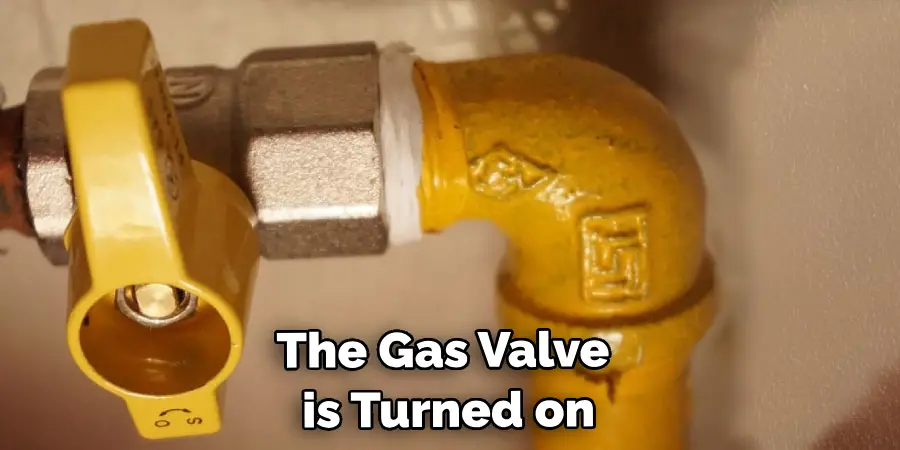
4. Blockages in Ventilation or Air Intake: If there’s a blockage in the ventilation or air intake, this can disrupt the proper flow of air and gas into the burner, causing flame failure. Check for any obstructions and clear them out if necessary.
5. Dirty Burners or Ignition System: Over time, dirt, dust, and debris can accumulate on the burners or ignition system, hindering their performance. Regular cleaning and maintenance can prevent these buildups and ensure the proper functioning of these components.
These are just a few common causes of flame failure, but there could be other underlying issues, such as faulty wiring or malfunctioning safety devices.
10 Easy Steps on How to Fix Flame Failure on Boiler
Step 1. Check the Gas Supply
The first step in fixing a flame failure on a boiler is to check the gas supply. Ensure the gas valve is open and there are no issues with the gas line. If there are any problems, contact a professional to fix them before relighting the boiler.
Step 2. Reset the Boiler
If the gas supply is not the issue, try resetting the boiler. Many modern boilers have a reset button or switch that can be pressed to restart the system. This may fix any minor issues causing the flame failure.
Step 3. Clean or Replace Ignition Components
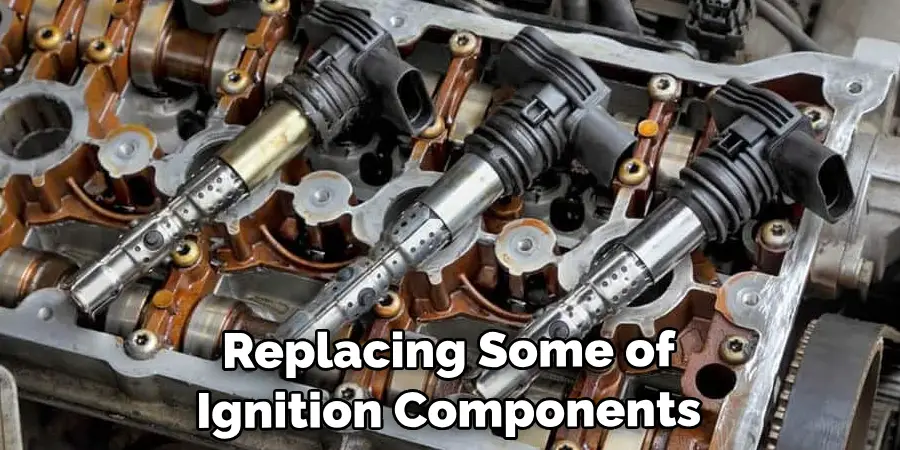
If resetting the boiler does not work, cleaning or replacing some of the ignition components may be necessary. These include the pilot light, spark igniter, and flame sensor. Over time, these components can become dirty or worn out, causing issues with ignition and resulting in a flame failure.
Step 4. Inspect and Clean the Burners
Dirty or blocked burners can prevent the gas from igniting, leading to flame failure. Carefully inspect the burners for any signs of dirt, dust, or debris. Clean the burners using a cloth or brush if you notice any buildup. Ensure the burners are completely relaxed before you start cleaning them to avoid any potential injuries.
Step 5. Check Ventilation and Air Intake
The next step is to examine the ventilation and air intake systems. Blockages in these areas can disrupt the mixture of air and gas necessary for ignition, resulting in flame failure. Look for any obstructions, such as debris or dust buildup, and clear them out if necessary. Ensure that the ventilation system allows for adequate airflow to the burners.
Step 6. Inspect the Flame Sensor
The flame sensor is an essential component in your boiler that determines whether a flame is present. If this sensor is dirty or malfunctioning, it may not be able to accurately detect a flame, leading to flame failure. Inspect the flame sensor for any signs of dirt or wear and tear.
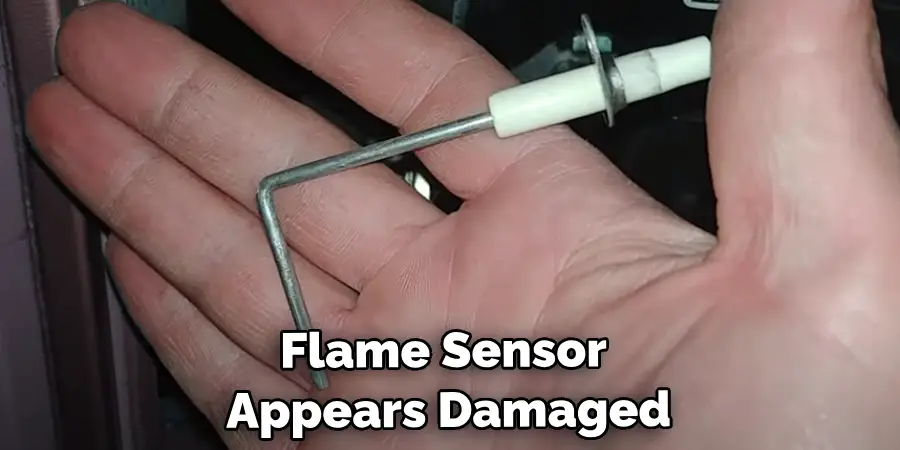
Clean it with a cloth, ensuring it’s free of debris. If the flame sensor appears damaged, it may need to be replaced. Always consult your boiler’s instruction manual or contact a professional if you’re unsure how to handle this component.
Step 7. Verify the Control Board
The control board is essentially the brain of your boiler. If it’s not functioning correctly, it can cause many issues, including flame failure.
Carefully inspect the control board for any signs of damage, loose wiring, or other noticeable issues. If you suspect the control board might be the problem, contact a professional for further assistance. Refraining from attempting DIY repairs on this component is highly recommended, as it can lead to more severe problems if not handled properly.
Step 8. Check the Boiler Pressure
Low boiler pressure can sometimes cause flame failure. Check the pressure gauge on your boiler – the optimal pressure is usually between 1 and 1.5 bar. If the pressure is too low, you might need to repressurize your boiler according to the manufacturer’s instructions. If the pressure is consistently dropping, it may indicate a leak in your system, and you will need professional assistance to solve this issue.
Step 9. Inspect the Thermostat
Sometimes, the issue might not be with the boiler but with the thermostat. A malfunctioning thermostat may fail to signal the boiler to ignite, leading to flame failure. Check the thermostat settings and ensure it is working correctly. If you suspect the thermostat is the problem, you might need to replace it or contact a professional for further diagnosis and repair.
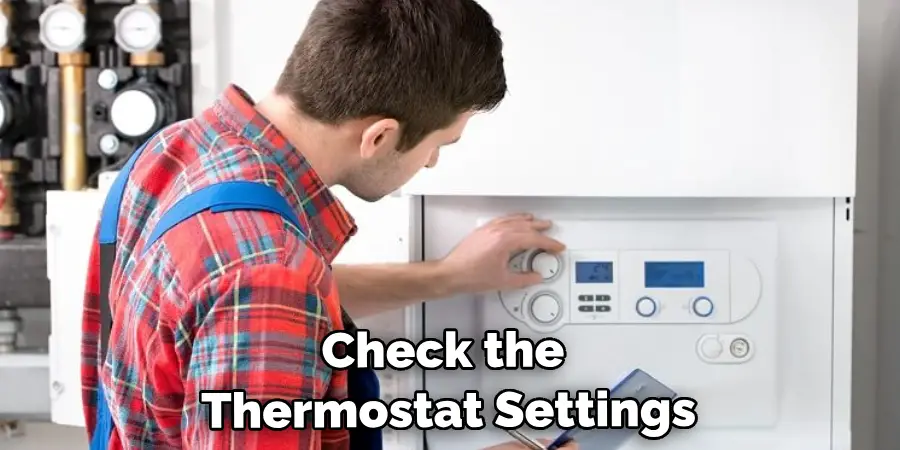
Step 10. Seek Professional Help
If you’ve followed all the steps and the flame failure issue persists, it’s time to call in the professionals. An experienced technician can thoroughly inspect your boiler, identify the root cause of the flame failure, and fix the problem efficiently and safely. Remember, tampering with gas appliances can be risky if you need more confidence about what you’re doing – safety should always be your top priority.
By following these ten easy steps, you should be able to resolve any issues with flame failure on your boiler.
5 Things You Should Avoid
1. DIY Repairs Without Proper Knowledge:
Only attempt to fix your boiler with the necessary knowledge and understanding of its components and functionality. Improper handling can lead to severe issues and might even threaten your safety.
2. Ignoring Regular Maintenance:
Skipping regular maintenance can deteriorate your boiler’s performance and increase the likelihood of flame failure. Ensure your boiler is regularly inspected and serviced by professionals.
3. Overlooking Warning Signs:
If you notice any unusual signs, such as strange noises, frequent shutdowns, or a sudden increase in your energy bills, do not ignore them. These might be early signs of potential issues with your boiler.
4. Failing to Check Boiler Pressure Regularly:
Regularly failing to check your boiler’s pressure can lead to problems like flame failure. Monitoring the pressure gauge and ensuring it maintains optimal pressure is essential.
5. Neglecting the Thermostat:
The thermostat plays a crucial role in the functioning of your boiler. Neglecting to check its settings and performance can lead to issues like flame failure. If your thermostat is old or malfunctioning, consider replacing it to maintain the optimal functioning of your boiler.
By avoiding these common mistakes, you can ensure your boiler remains in top working condition and prevent potential flame failure issues.
Conclusion
In conclusion, learning how to fix flame failure on boiler is an essential skill for anyone who owns or operates a boiler. Understanding the potential causes of this issue and implementing the necessary troubleshooting steps can save you time and money in the long run.
As you continue maintaining your boiler, remember to check for any signs of wear and tear regularly, and never hesitate to seek help if something seems like it needs to be corrected. Your
efforts will ensure the efficient functioning of your boiler and contribute towards creating a safer environment for yourself and those around you.
Hopefully, this guide has provided you with valuable insights and knowledge on fixing flame failure on your boiler. Remember, prevention is always better than cure, so conduct regular maintenance and inspections to avoid any potential issues.

